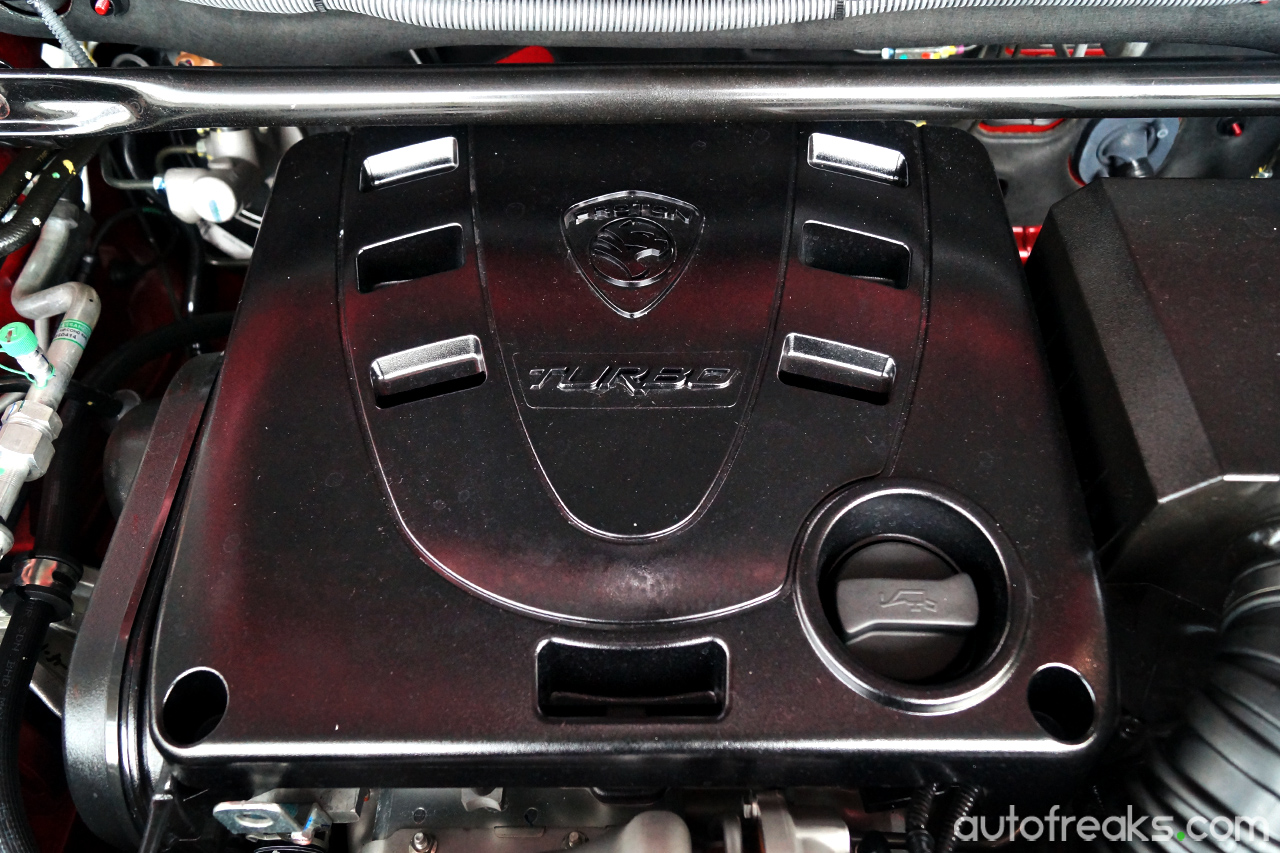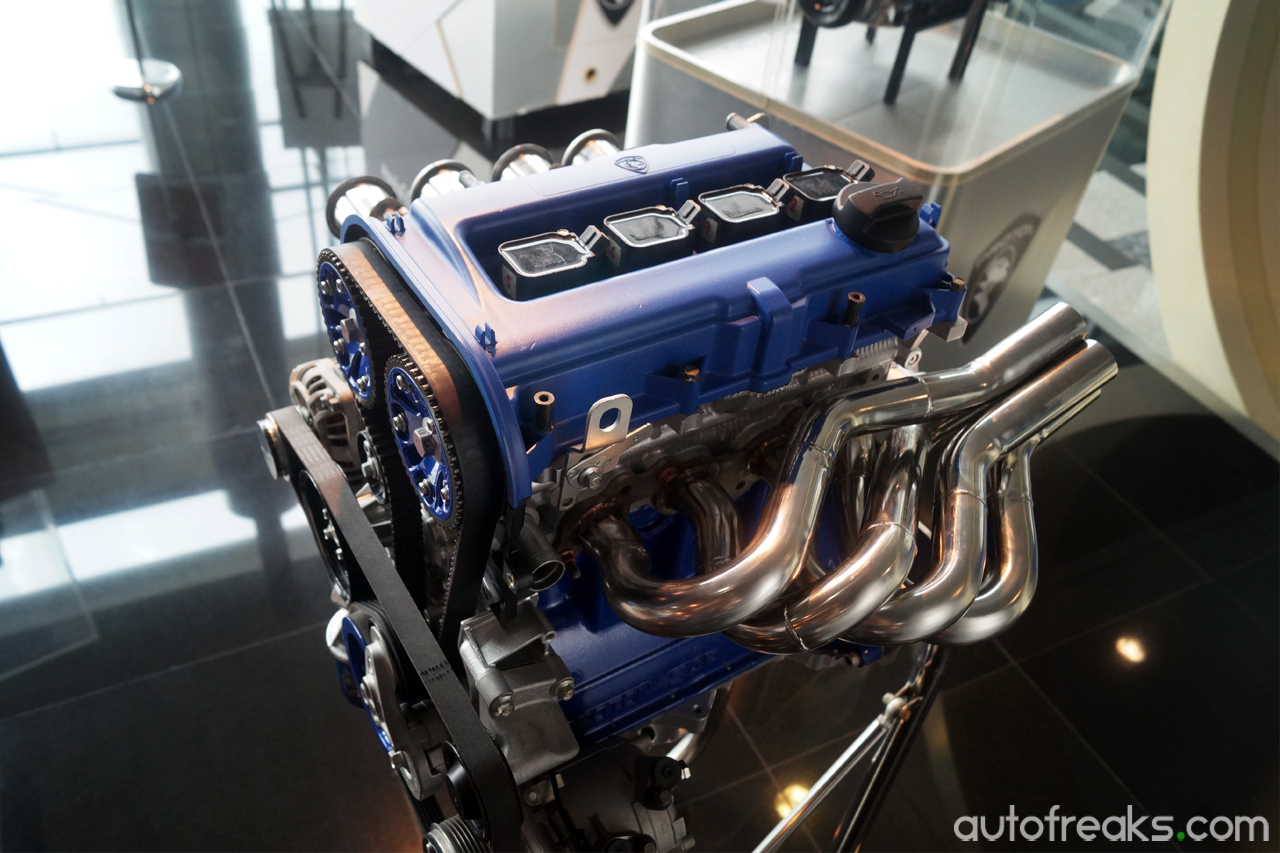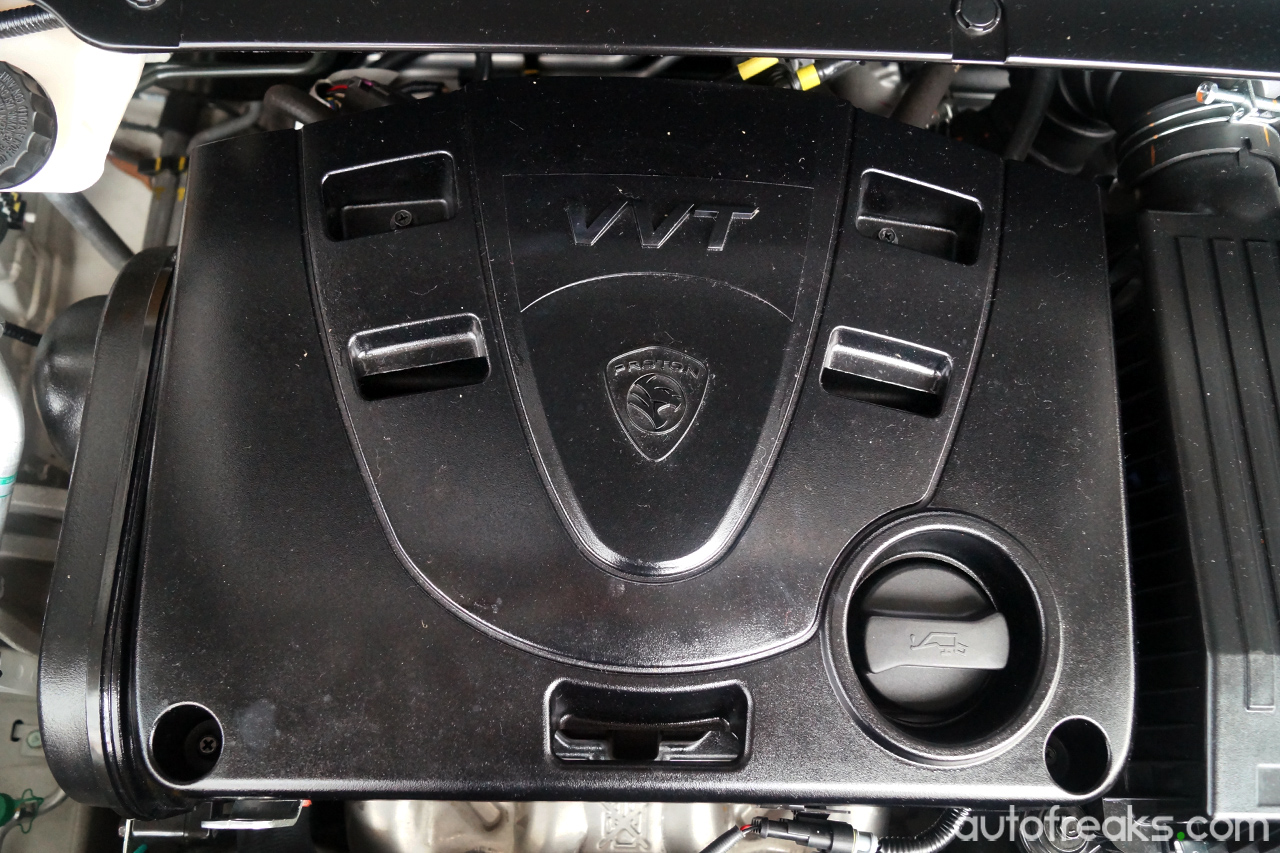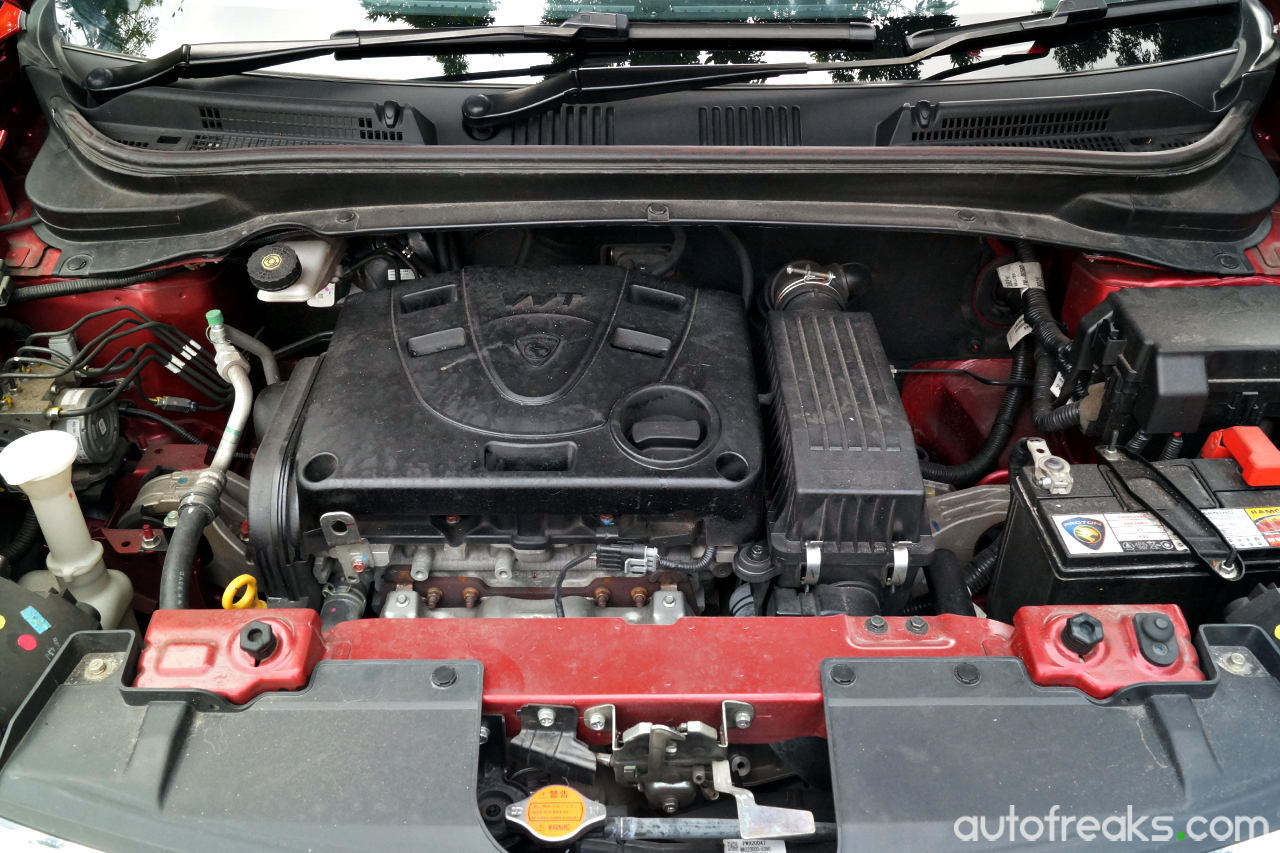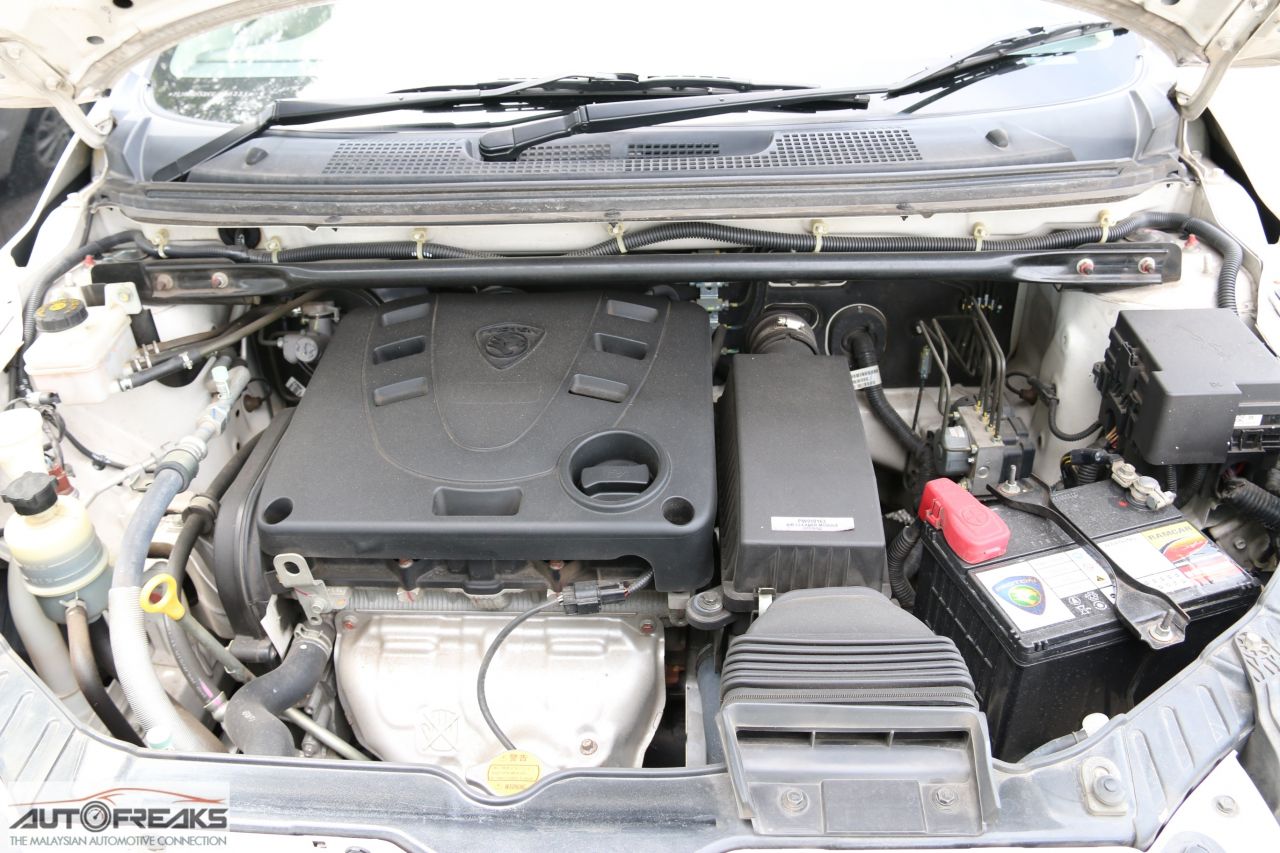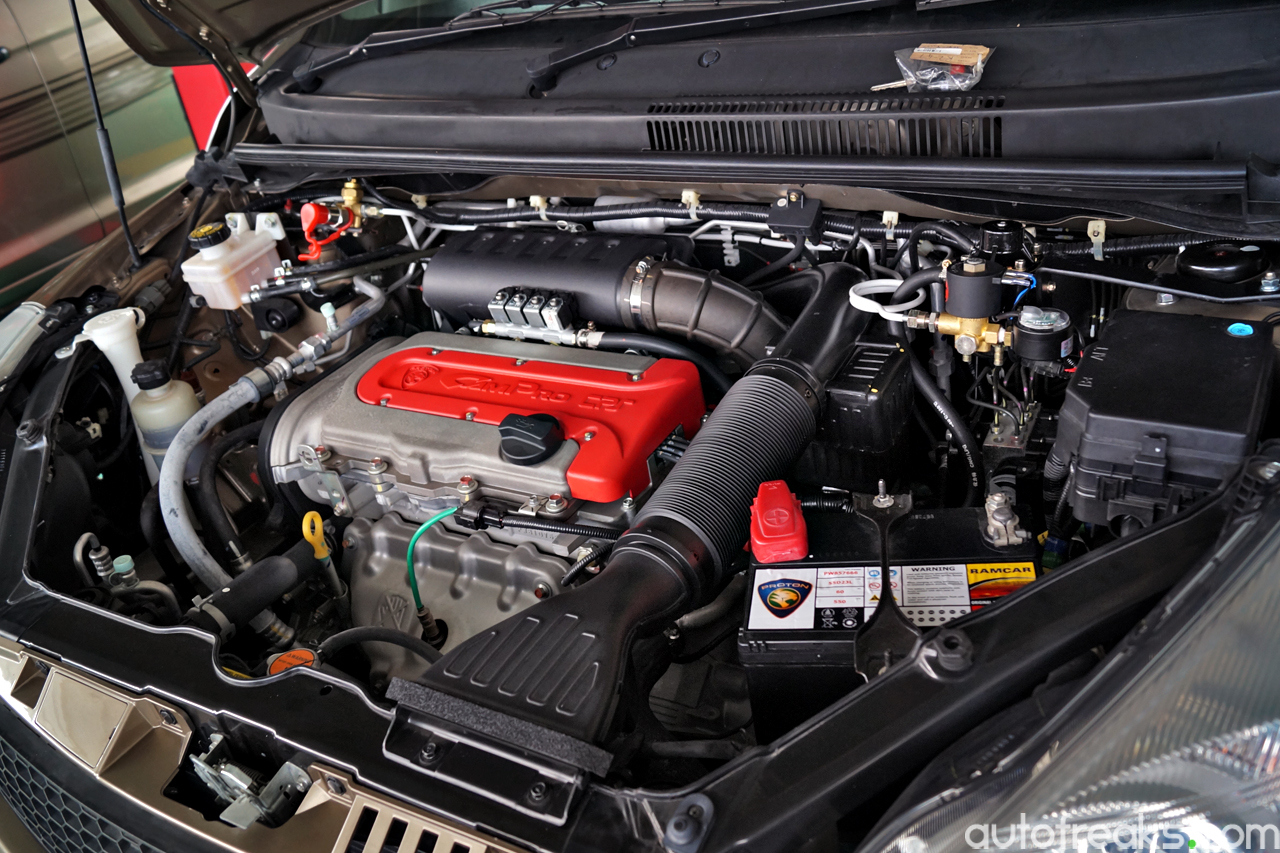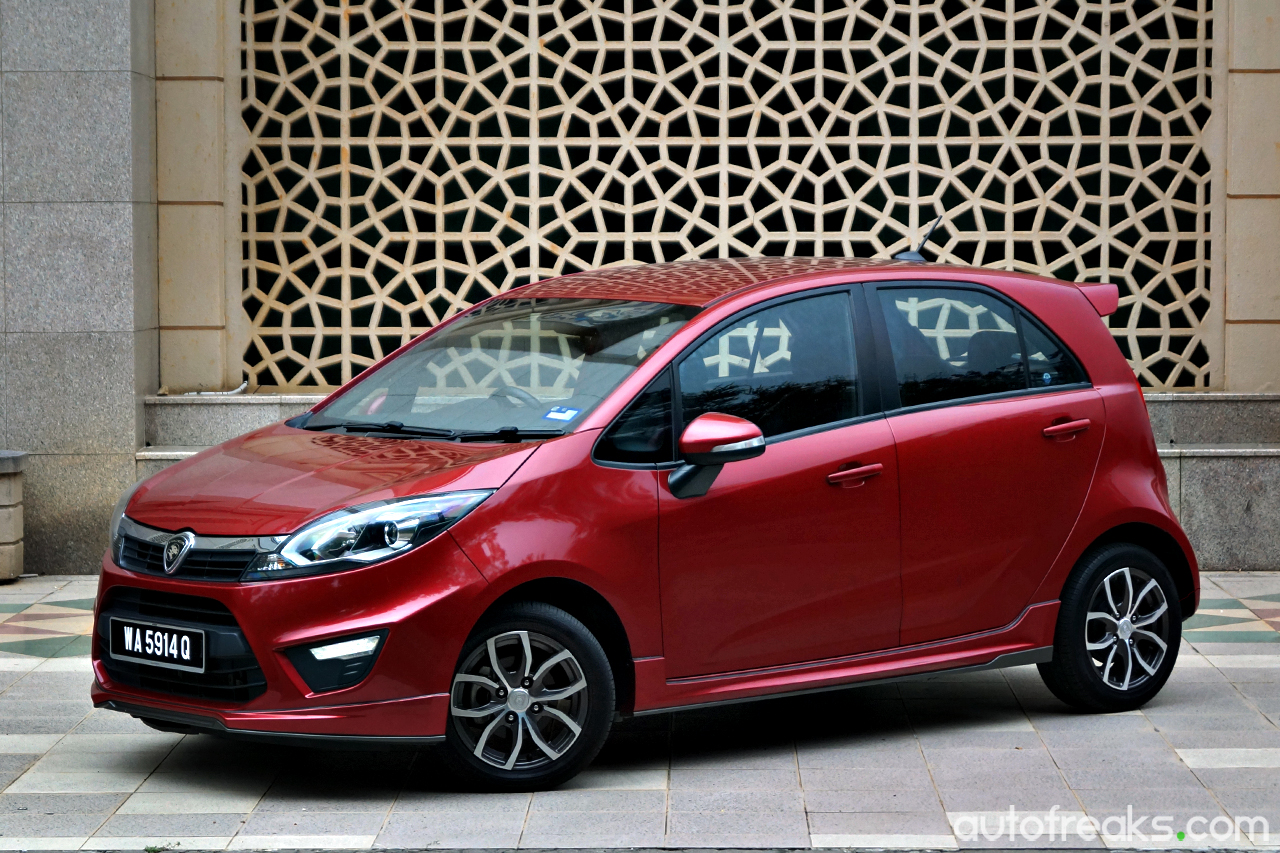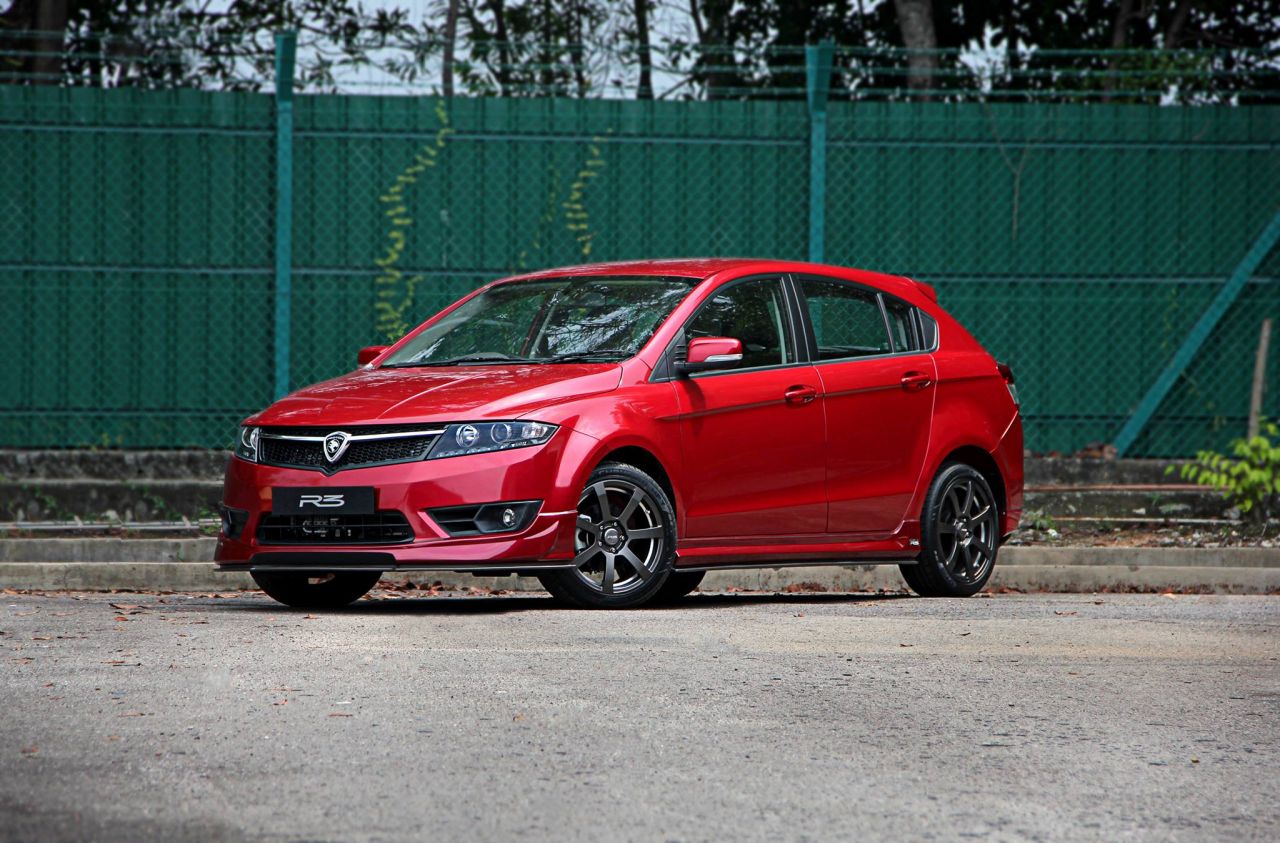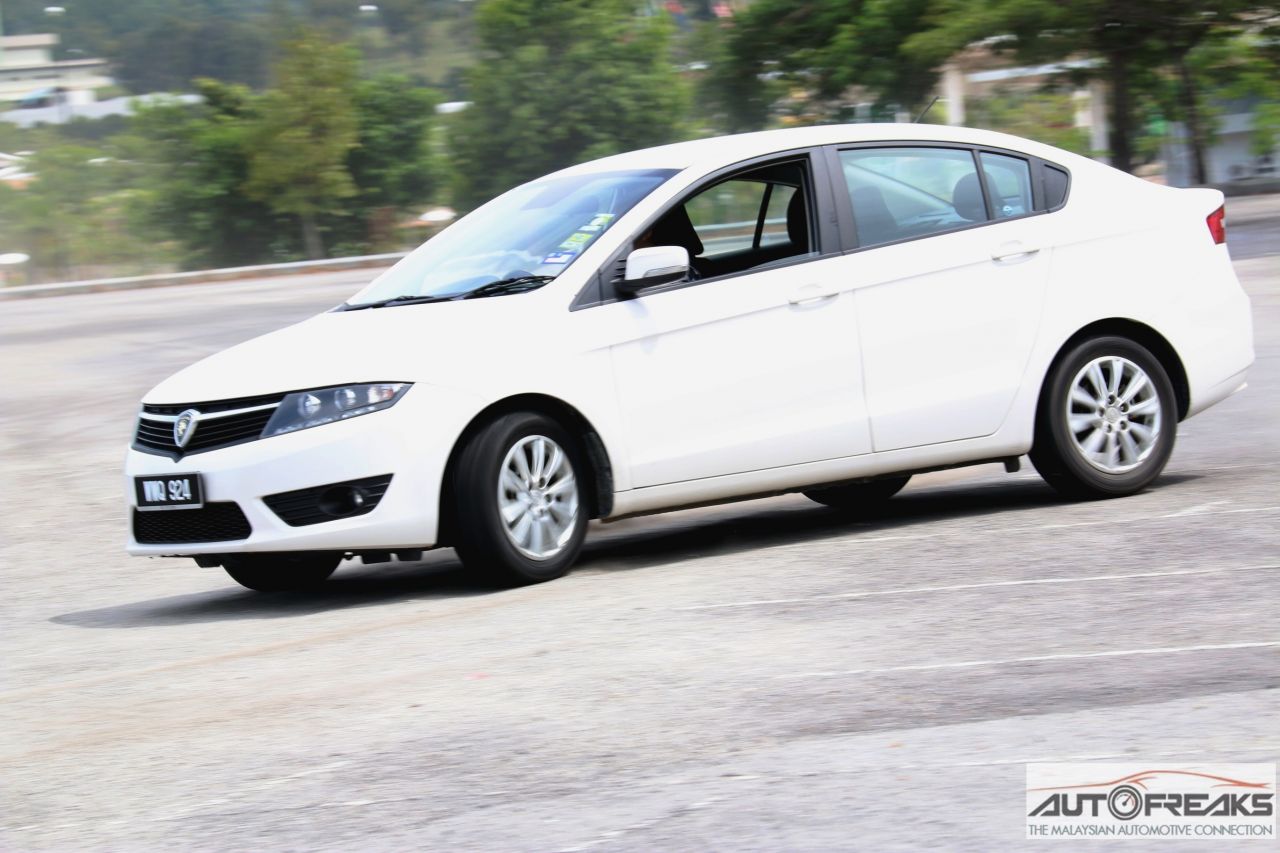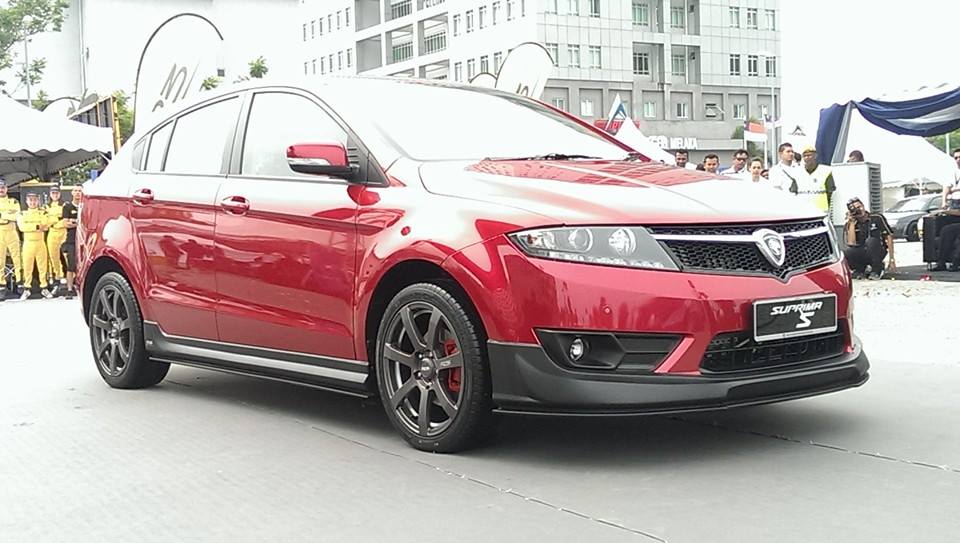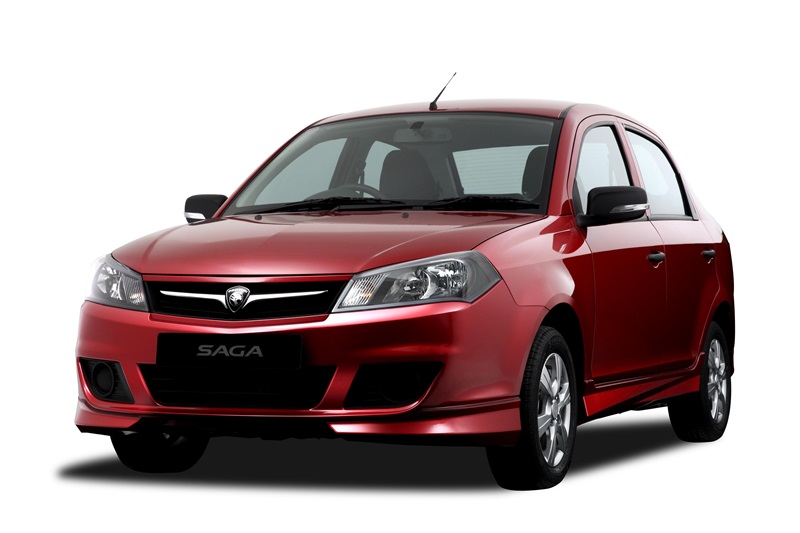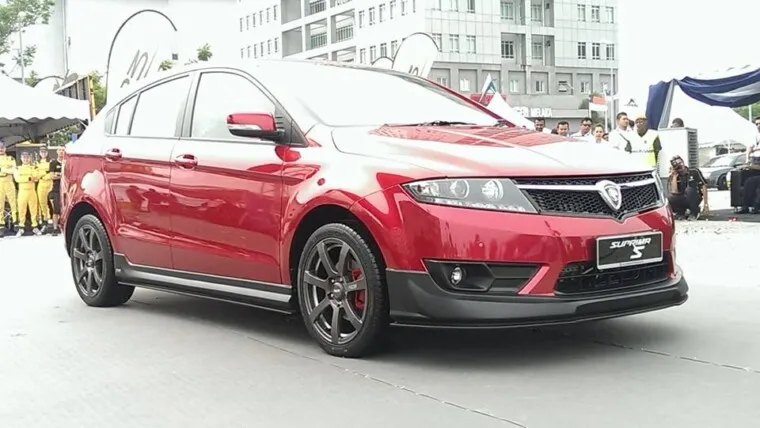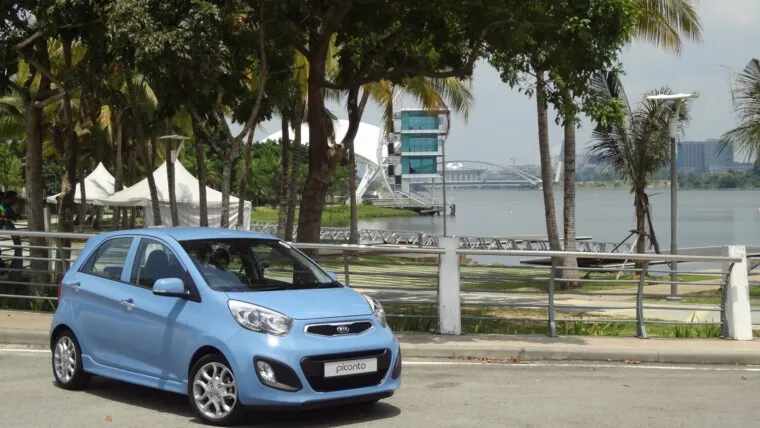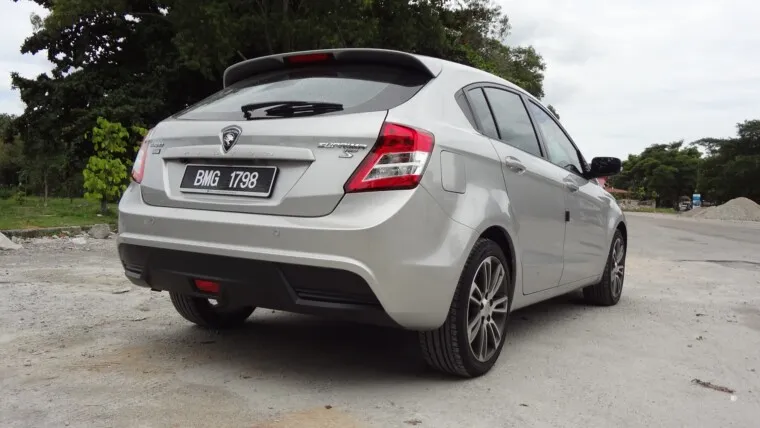Proton announced some time back that they were developing a whole family of engines with Ricardo for upcoming vehicles. Six engines are in the works, with several more in the pipelines. But does Proton really need to develop their own engines? Let’s find out.
The new family of engines were developed at a cost of RM600 million, a figure that is quite significant, and Proton might take a while to see a good return on investment (ROI) on that. A number of Protons’ engineers were sent to UK to work with Ricardo and Lotus to develop these engines, we were told.
These engines, if you haven’t already guessed, would allow Proton to export their cars to the European market, a market that they made inroads to back in the early 90s. Back then, Proton was rated as one of the most reliable and recommend in Britain. In fact, Proton’s reliability was ahead of Toyota and Ford! (UK Consumers Association survey, 1999)
In the past, Protons used Mitsubishi engines, with selected models getting their engines from Renault and Citroen. Needless to say, the Mitsubishi engines proved to be very dependable and survived the test of time. Even till today, many Mitsubishi-powered Protons can be found on our roads, continuously clocking the miles, faithfully serving their owners.
Proton’s first dabble into developing their own engine resulted in the CamPro. The prototype CamPro was showcased at the Lotus factory in Norwich, back in 2000, and debuted in the 2004 Proton Gen•2. While the basic CamPro’s top end power was decent, the engine lacked torque in the mid-range, which hampered town driving.
Over the years, the CamPro engine received several updates. The engine gained a new intake manifold and was called the CamPro IAFM. Later on, the engine also received proper cam-profile switching, giving birth to the CamPro CPS. The CamPro engine also received some forced induction magic, which resulted in the CamPro CFE (later renamed CamPro Turbo). Lastly, the new CamPro VVT debuted on the Proton Iriz proved that the CamPro engine was indeed, flexible.
But let’s put the figures into perspective. 2015 was far from a good year for Proton. Our national car maker only shifted 102,175 units last year, while Perodua managed to shift 213,307 cars in the same period. Worryingly, non-national brands like Honda were nibbling at Proton’s heels, registering 94,902 units for 2015. Sad to say, it has been a downward trend for Protons of late.
So does it make financial sense for a company like Proton to develop its own line of engines? Well, it depends on who you ask, actually. As mentioned the company sold only 102,175 cars last year, thus investing RM600 million into developing a new family of engines might sound absurd. Proton could have just bought engines from Honda or Mitsubishi, and engineered the engines to work with existing cars. After all, Lotus – still wholly owned by Proton – uses engines from Toyota.
While Proton’s size in terms of being a car manufacturer may be smaller than the likes of Honda and Toyota, developing their own engines can be justified, as the company wants to reduce capital outflow. Back when Proton used Mitsubishi engines, the company had to pay royalties to Mitsubishi in order to use their engines. The same issue will persist if Proton chooses to use engines from other manufacturers.
Adding to that, many years ago Petronas developed the E01 engine. The engines was stonking for its era, being able to rival even the Honda K20A (used in the Civic Type-R and Accord Euro R). Proton was offered this engine, but the management decided to proceed with the CamPro project instead. Petronas later sold the E01 engine to Nanjing Automobile, China, only to be bought back by Proton from them in 2012 for RM63 million. Proton is currently developing the E01 as a separate project.
Sure, Proton may have jumped the gun introducing this recently announced new line of engines so soon (these engines will only enter production in late 2017), but future Proton buyers can potentially benefit from these engines. According to Proton, these engines are said to offer 20% higher performance than existing engines of the came capacity, while offering about 25% better fuel efficiency compared to the CamPro VVT units. With these new engines, Proton aims to comply with the stringent Euro 6C standard. This move can certainly open doors for Proton to enter the European market.
However, during the press conference, Proton CEO Datuk Abdul Harith Abdullah did that the CamPro VVT engines would be used for markets without stringent emission standards, as the cost of the new powerplant is significantly higher. Suffice it to say, Euro 6 emission standards won’t be introduced here any time soon, and would that mean we won’t be getting these GDI/TGDI engines? (More importantly though, how will these engines cope with our fuel quality or lack thereof?
Despite all of that, there is some light at the end of the tunnel. Proton did say that 2016 was set to be their turning point, (see story here) and we can see why. They have at least four new cars slated to be launched this year (though equipped with just the CamPro VVT for now, except the Perdana/Accordana), and the announcement of the new engines could finally mean that things are slowly turning for the better. Bold as it may be, only time will tell if Proton’s plans to develop its own line of new engines is a prudent move or not. Watch this space…
Chris Wee says…
It’s no secret that the most reliable Protons were the ones equipped with Mitsubishi engines. There I said it. I’ve owned eight (yes, eight) Protons in my lifetime and all of them were running on Mitsu engines. Lo and behold, I never had a single problem with any of their engines, but what I did have issues with were things that still plague Protons till today. The quality of components used to make-up the rest of the car. As I mentioned in this article some time ago, Proton desperately needs to up the quality of their cars first and foremost. Rather than investing millions on a new line of engines, it may be more prudent for them to take a long hard look at their QC instead, because based on the feedback I’ve been seeing from owners, that still remains the Achilles heel of our first national carmaker. – CW.


